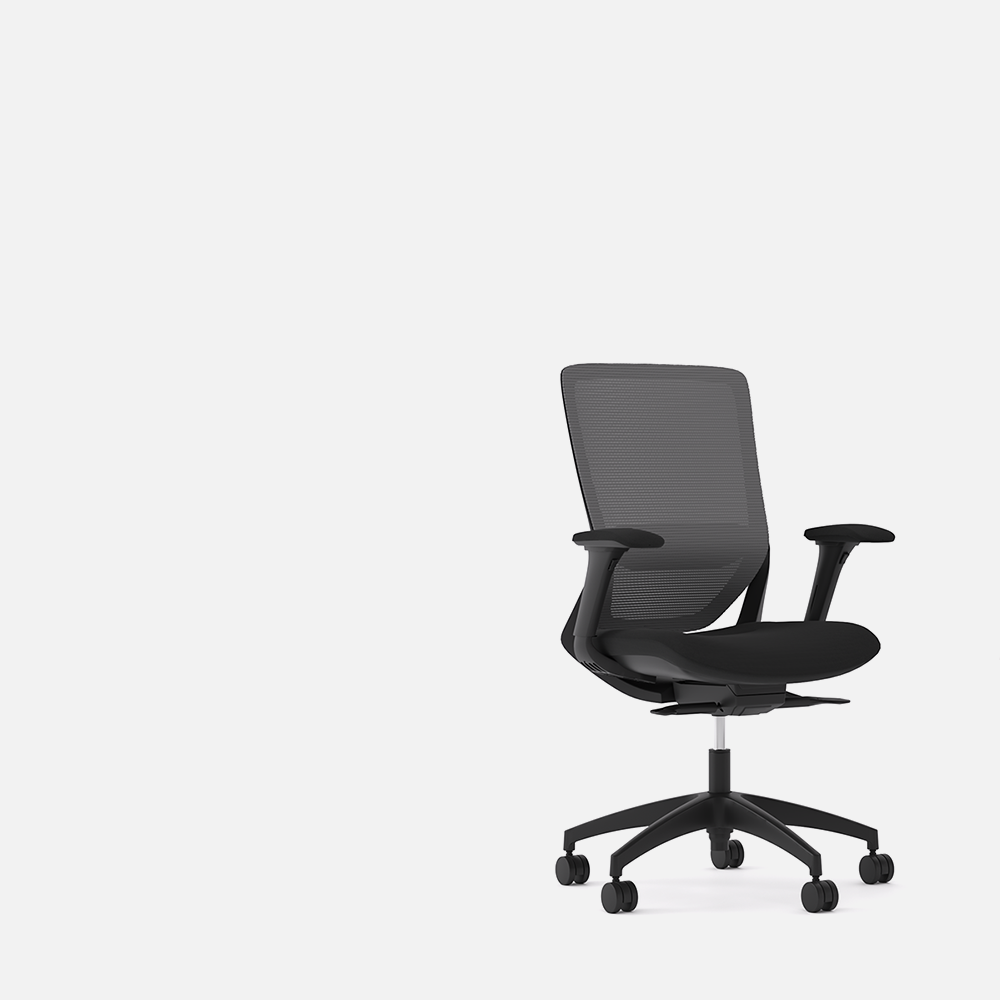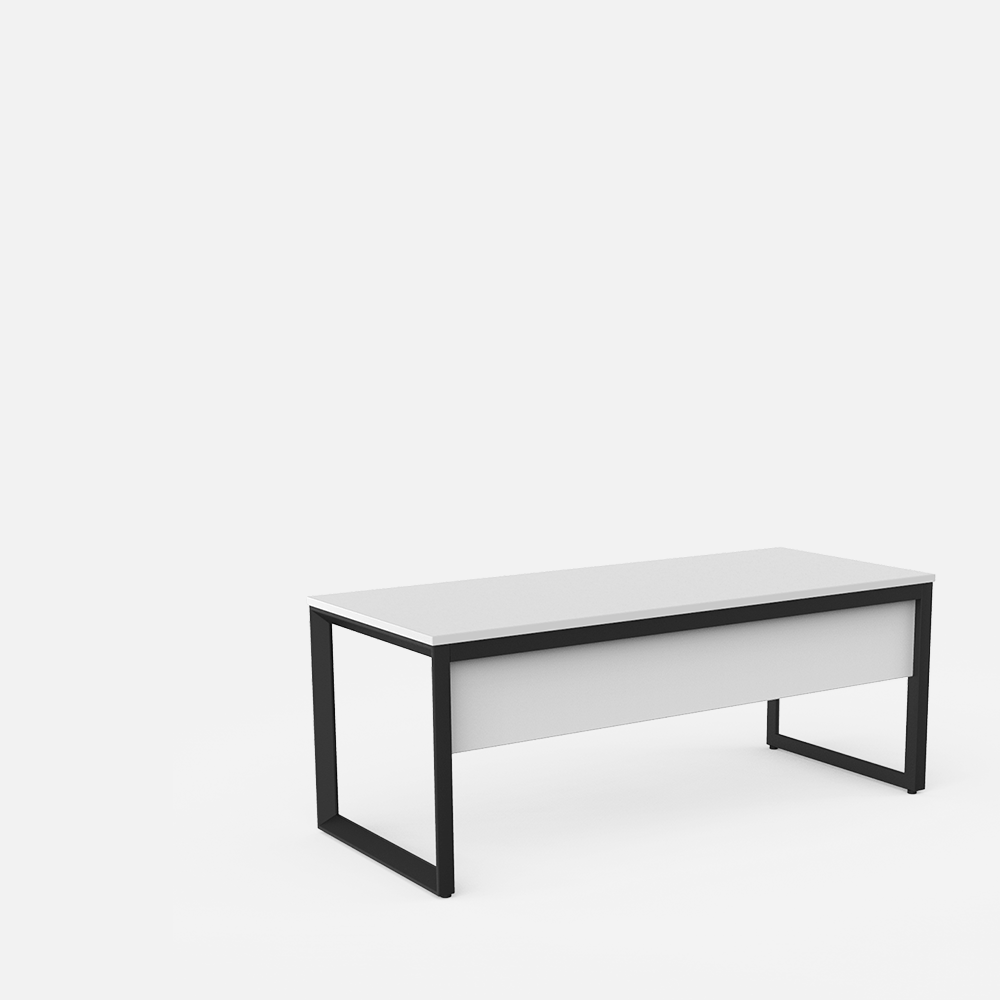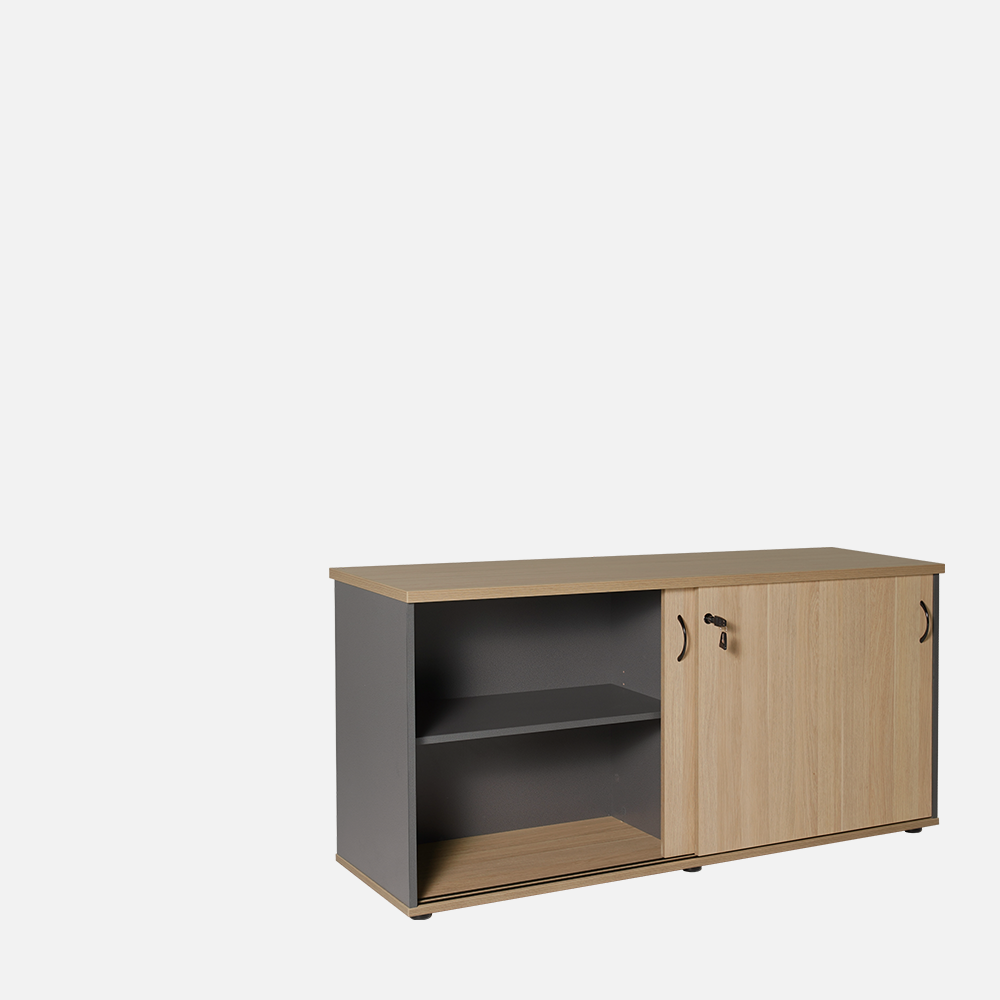Maximizing Tax Deductions for Office Furniture in Australia: A 2024-25 Guide
In the 2024-25 tax year, Australian businesses and individuals can significantly lower their taxable income by claiming tax deductions for office furniture used in workspaces. Whether you’re setting up a home office or outfitting a commercial space, the Australian Taxation Office (ATO) provides clear rules to help you save money while staying compliant. This comprehensive guide covers eligibility, calculation methods, and record-keeping requirements, with direct links to ATO tools and resources to make the process straightforward. At Office Furniture Designs, we offer high-quality office furniture to enhance your workspace and maximize these tax benefits.
Why Claim Tax Deductions for Office Furniture?
Office furniture, including desks, chairs, bookshelves, and accessories like power boards, is often critical for work tasks. The ATO allows deductions for these items when they’re used to earn income, offering a smart way to reduce your tax bill. According to the ATO - Office Furniture and Equipment, items like ergonomic chairs or standing desks qualify if they support your work activities. For 2024-25, the working-from-home fixed rate method has increased to 70 cents per hour, but furniture deductions are claimed separately. This guide leverages ATO resources to help you claim accurately and avoid common errors.
Who Can Claim Deductions?
To claim deductions for office furniture, you must meet the ATO’s eligibility criteria:
- Work-Related Use: The furniture must be used primarily for work, such as a desk for business tasks or a chair for client meetings. If used for both work and personal purposes, only the work-related portion is deductible (e.g., 70% if used 70% for work).
- Record Keeping: Maintain receipts, invoices, and logs (e.g., diary entries) showing work-related use. Records must be kept for five years, as detailed in the ATO - Records You Need to Keep.
- Business Structure: Deductions are available for individuals, sole traders, partnerships, and companies. Home-based businesses may also claim occupancy costs, like rent or mortgage interest, as outlined in the ATO - Home-Based Business Expenses.
- Additional Costs: You can claim work-related portions of repairs, maintenance, insurance, and loan interest for furniture purchases.
You cannot claim:
- Furniture used solely for personal purposes.
- Items provided by an employer or landlord.
To understand what qualifies, check the ATO - Office Furniture and Equipment page for detailed examples.
How to Calculate Your Deductions
The ATO provides two main methods for claiming office furniture deductions, depending on the item’s cost:
Immediate Deduction for Items Costing $300 or Less
If your office furniture costs $300 or less and is used more than 50% for work, you can claim the full cost in the year of purchase. For example, a $250 desk lamp used 80% for work yields a $200 deduction ($250 × 80%). The ATO’s Assets Costing $300 or Less guide explains the four tests for eligibility, ensuring you claim correctly.
Depreciation for Higher-Cost Items
For items over $300, such as a $500 desk, you claim the decline in value over the asset’s effective life (e.g., 10 years for desks, 15 years for chairs). The ATO offers two depreciation methods:
- Prime Cost Method: Spreads the cost evenly (Cost ÷ Effective Life).
- Diminishing Value Method: Provides higher deductions in early years (Cost × (150% ÷ Effective Life) for the first year, then applied to the remaining value).
Use the ATO’s Depreciation and Capital Allowances Tool to calculate deductions accurately. For example:
| Item | Cost | Effective Life | Method | Work Use | Annual Deduction |
|---|---|---|---|---|---|
| Desk | $500 | 10 years | Prime Cost | 80% | $40 ($500 ÷ 10 × 80%) |
| Office Chair | $400 | 15 years | Diminishing Value | 70% | $28 ($400 × (150% ÷ 15) × 70%) |
Working from Home Deductions
If you work from home, the ATO’s fixed rate method (70 cents per hour for 2024-25) covers expenses like electricity and internet, but furniture depreciation must be claimed separately. Alternatively, the actual cost method lets you claim specific expenses, often yielding larger deductions for furniture. For guidance, visit the ATO’s Working from Home Expenses page or use the Home Office Expenses Calculator to estimate overall home office costs.
Home-Based Business Deductions
Home-based business owners can claim additional expenses, such as occupancy costs (e.g., rent, mortgage interest) and running costs, including furniture depreciation. A dedicated office space strengthens your claim. The ATO’s Home-Based Business Expenses page provides detailed rules for these deductions.
Keeping Accurate Records
To comply with ATO rules, you must maintain detailed records for five years, as outlined in the ATO - Records You Need to Keep. Required records include:
- Receipts/Invoices: Show the date, item description, cost, and seller’s name.
- Usage Logs: Document work-related use (e.g., diary entries tracking hours used for work).
- Depreciation Records: Include calculations for items over $300, specifying the method and effective life.
Proper documentation ensures your claims are audit-proof and maximizes your deductions.
What’s New for 2024-25
For the 2024-25 tax year, the ATO has increased the fixed rate for working-from-home expenses to 70 cents per hour (from 67 cents in 2023-24), covering electricity, internet, and stationery. Office furniture depreciation remains a separate claim. No significant changes affect furniture deductions, but you should check the ATO’s What’s New for Individuals for any last-minute updates to stay compliant.
Common Mistakes to Avoid
To ensure your deductions are valid:
- Don’t Claim Personal Use: Only claim the work-related portion of furniture costs.
- Keep Thorough Records: Inadequate documentation can lead to rejected claims.
- Apportion Correctly: Accurately estimate work-related use to avoid over- or under-claiming.
- Use the Right Method: Verify depreciation calculations with the ATO’s Depreciation and Capital Allowances Tool to avoid errors.
Frequently Asked Questions (FAQ)
-
Can I claim office furniture if I work from home?
Yes, if it’s used for work. Apportion based on work-related use and keep records, as explained in the ATO - Working from Home Expenses. -
What records do I need?
Receipts, usage logs, and depreciation calculations, kept for five years, per the ATO - Records You Need to Keep. -
Does the fixed rate method cover furniture?
No, furniture depreciation is claimed separately, even with the 70 cents per hour rate. -
Can home-based businesses claim more?
Yes, including occupancy costs, as detailed in the ATO - Home-Based Business Expenses.
Conclusion
Claiming tax deductions for office furniture is a powerful way to reduce your taxable income in the 2024-25 tax year. By following ATO guidelines and using tools like the Depreciation and Capital Allowances Tool, you can calculate deductions accurately and stay compliant. Whether you’re a remote worker, sole trader, or business owner, these deductions make investing in quality furniture from Office Furniture Designs even more rewarding. For complex claims, consult a tax professional to ensure accuracy.





Leave a comment
This site is protected by hCaptcha and the hCaptcha Privacy Policy and Terms of Service apply.